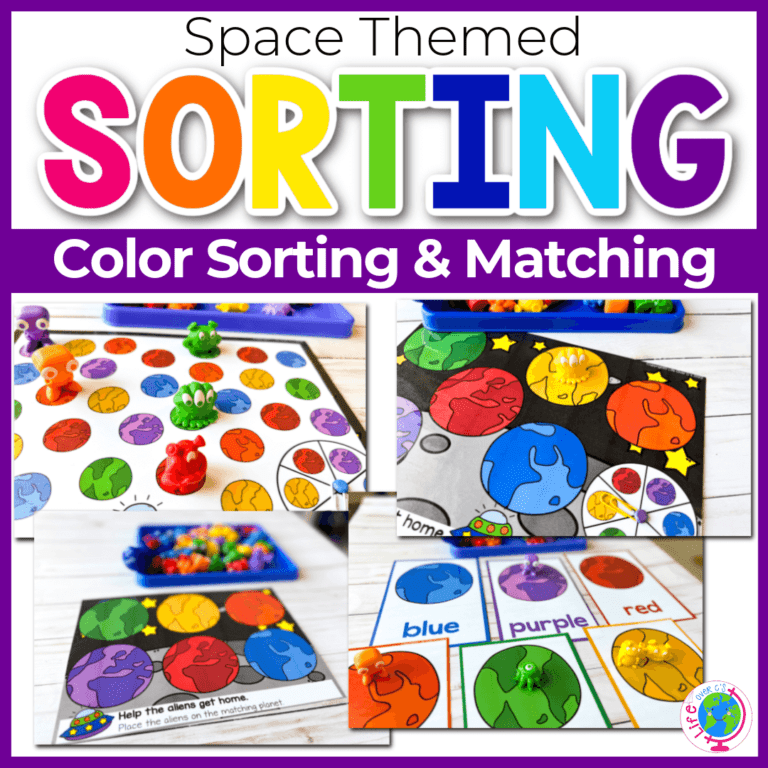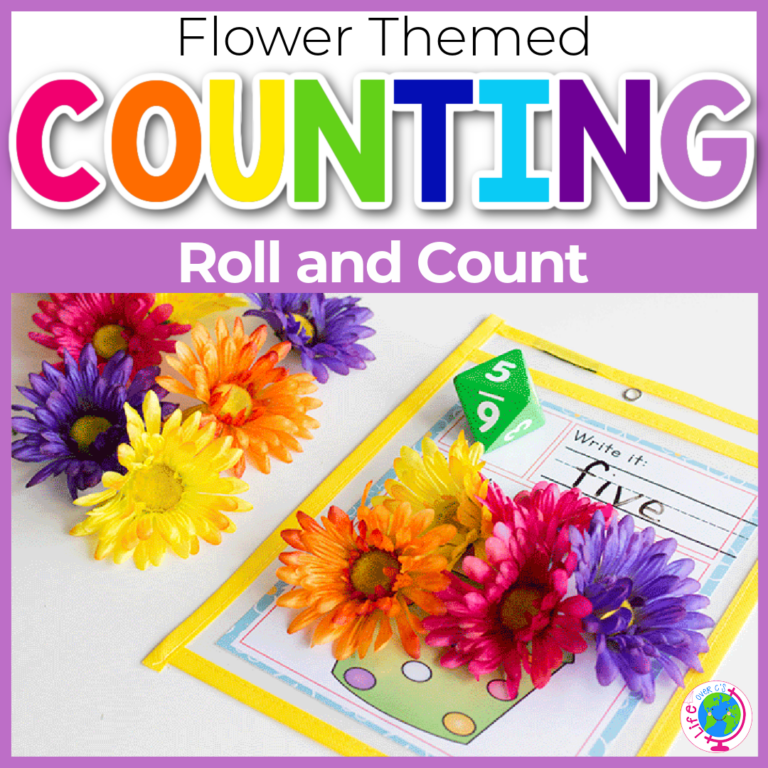Free Printable Beginning Blends Word Puzzles
Teaching blends should begin with our ears. Say “scarf.” “What do you HEAR at the beginning?” When we teach blends and digraphs it’s important to emphasize that we’re hearing two sounds blending together. Once kids understand that, they’re like little blends detectives finding them in places you’ve taken for granted! I made these Free Printable Puzzles for Beginning Blends for my daughter and to share with you. It’s easy to prep, just print and cut the puzzle pieces. Then you can put it at the literacy center for tons of independent practice your students will enjoy.

Recommended Grade Level:
Learning Consonant Blends and Digraphs in Primary Grades
BLENDS AND DIGRAPHS GAMES
FOCUS ON DIGRAPHS AND BLENDS SEPARATELY, BECAUSE THEY ARE ACTUALLY TWO DIFFERENT THINGS.
Are you wondering what is the difference between blends and digraphs? They are both two-letter combinations. However, blends “blend” together. You can still hear each individual sound, whereas digraphs go together to produce one sound.
There are many common blends, but digraphs are limited to /sh/th/wh/ch/ph/.
For this activity, we’re focusing on blends and leaving digraphs alone. When kids are working on decoding and building reading fluency, it’s important to give them lots and lots of practice with one skill at a time. Or they might become confused! Teach digraphs in the same way with hands-on practice!
I love the consonant blends puzzles because it’s super valuable practice without a blends/digraphs worksheet in sight!
Here are some helpful ways to introduce and emphasize consonant blends:
- As you say each word, stretch out the sounds in the blends to help kids hear them
- Ask children to repeat the stretched out sounds to see if they can identify the blend
- Ask, “What sounds do you hear? What letters blend together to make those sounds?”
- Highlight blends with markers as you work on worksheets or printables
What Can 2nd Grade Learn While Working With Beginning Blends and Digraphs Words?
WORDS WITH BLENDS AND DIGRAPHS
LEARNING THAT TWO CONSONANTS NEXT TO EACH OTHER WILL BLEND TOGETHER IS A VALUABLE PIECE OF INFORMATION FOR KIDS AS THEY PIECE TOGETHER THE CODE OF READING.
The more we can teach kids about how our written language works, the better. Don’t be afraid to teach kids to identify and name blends as “blends”! It will help them read multi-syllabic words without help because they understand how to decode specific combinations of letters like vowels, digraphs, prefixes, suffixes, etc.
Here are the beginning blends you’ll find on the puzzle pieces:
- bl/br
- cl/cr
- dr
- fl/fr
- gl/gr
- pl/pr
- sc/sk/sl/sm/sn/sp/st/sw
- tr
Why Is It Important For Kids To Learn About Blends?
Learning to read is obviously key in elementary school. Teachers should be very explicit with instruction and provide lots of hands-on activities for practice.
Improved Phonics: Teaching blends and digraphs activities helps kids decode and blend sounds more effectively, laying a strong foundation for reading and word recognition.
Vocabulary: Learning consonant blends exposes children to a broader range of words, many of which are commonly used in the English language.
Fluency: Instead of pausing to sound out each individual letter, they can quickly identify blends and read them together, leading to smoother and more effortless reading.
Spelling: Kids who are familiar with digraphs and blends worksheets are more likely to spell words correctly, as they grasp the phonetic patterns that govern these sounds in various words.
How to Make the Beginning Blends Puzzles
To Prep:
Print the puzzle pieces. Cut them apart with a paper cutter, then cut each puzzle with scissors. Laminate and cut again! (or you can laminate first, depending on how you like to do it)
To Play:
There are several ways that you can use these simple to prepare puzzles based on the skill level of your child. They are not intended to be used as an introduction to blends. That would be better served with resources that focus only on the blend itself rather than the whole word.
Choose one puzzle from each blend combination. This option will guide your child to choose the correct match based on the beginning sounds of the words. This may be a way to expose them to some of the more difficult words like: blueberry.
Separate the different beginning blends and focus on one blend at a time. This will help your child look beyond the beginning sounds of the words to figure out the matches.
Mix and match the puzzles providing some of the same blends and some of different blends to help your child decipher the sounds within the words.
Any way you use them, your child will get the practice they need to start using the words in books rather than only being able to use them with word-specific pictures.
You can put the puzzles on the table to practice or you can put them in a sensory bin like we did with the Valentine Heart Puzzles awhile back. Either way, you are sure to have fun with these cute pictures and puzzles!
Extend the Activity
Introduction to Beginning Blends
If you want to use the beginning blends activity as an introduction to letter combinations, simply use the puzzle pictures to focus on the individual sounds that make each blend.
Write Them
After all of the consonant cluster words have been matched with the pictures, children can write a word list for extra reinforcement. I would have them highlight the blends after writing.
Differentiate
If some children are overwhelmed by so many different blends and puzzle pieces, simply reduce the amount of pieces you give them. When they are more comfortable, you can add more words.

join the newsletter & Get your free activity
Get Your Free Printable Activity Here!
Already a subscriber? No worries. Just enter your email here to have the activity sent directly to your inbox.
More Activities You’ll Love:
Search All Activities
Looking for more? Find exactly what you need here:

















Great resource for blending. Just pinned it to Pinterest too. Thank you.
You’re welcome!